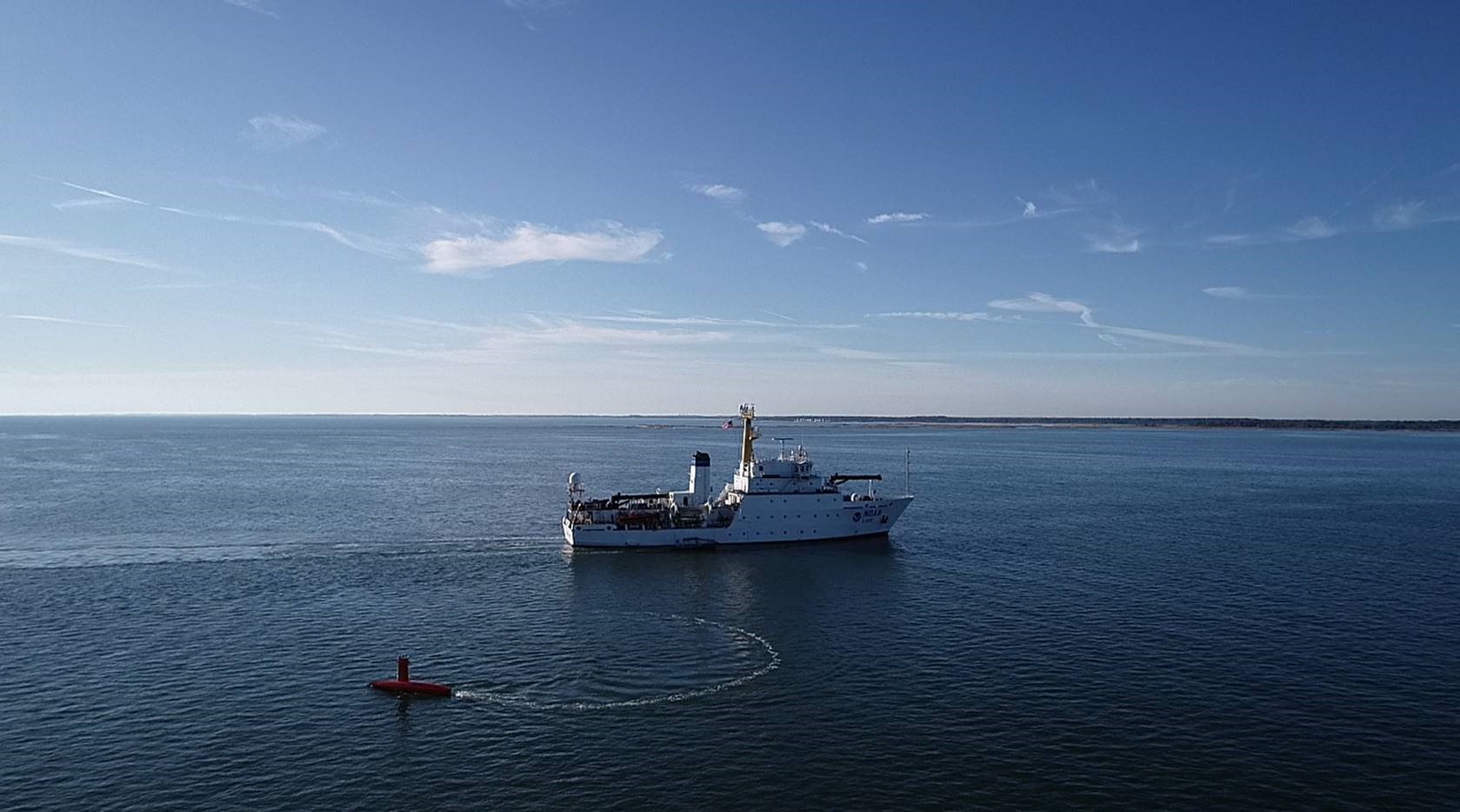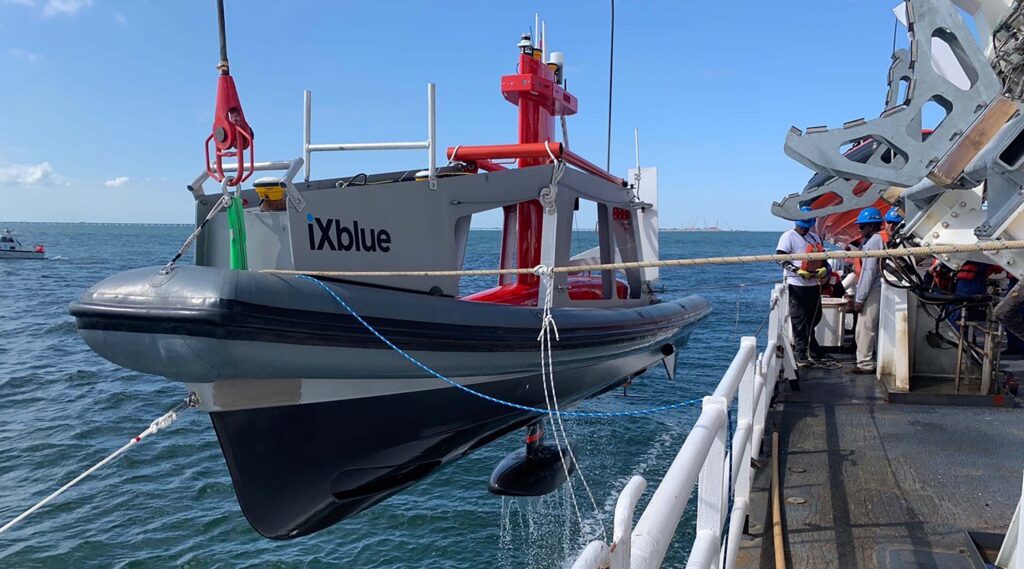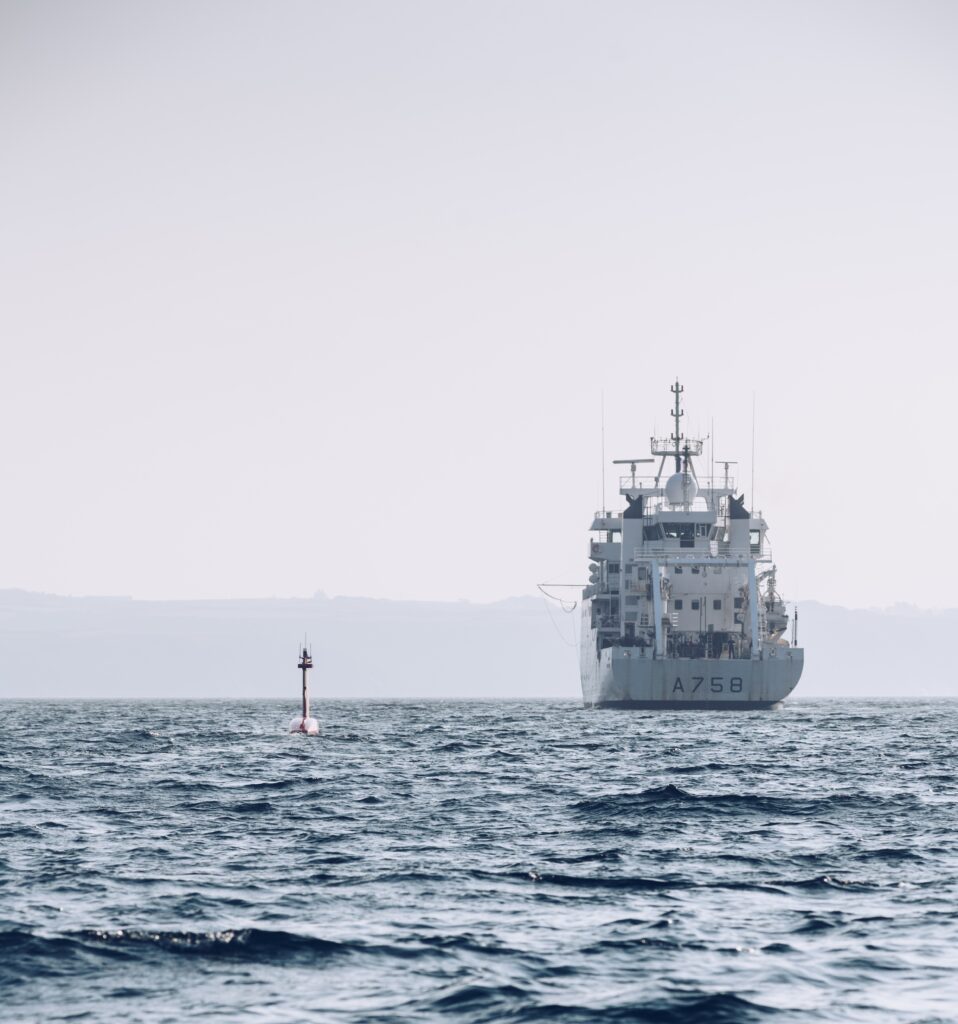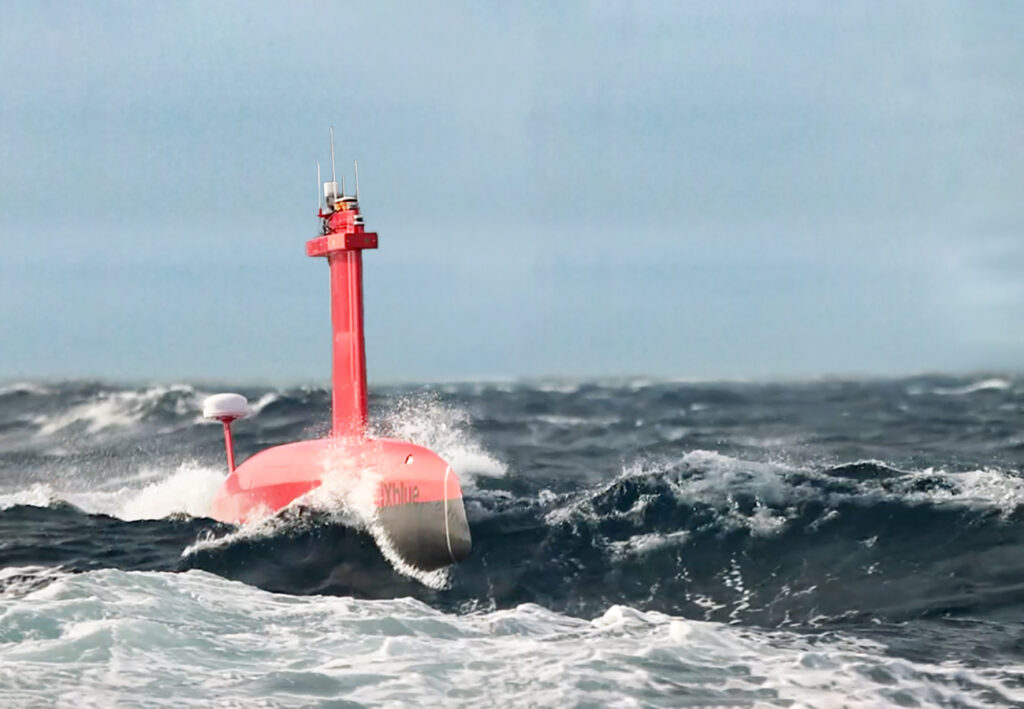- Maritime
Enhancing hydrographic survey using Uncrewed Surface Vehicles


With over 15,000 hours in operation around the world since its launch back in 2017, DriX has proven to be an invaluable asset and a real game changer on the Energies and Geosciences markets. Offering outstanding seakeeping and speed capabilities, DriX is indeed the perfect uncrewed platform for efficient and high-quality data acquisition. Along with its practical launch and recovery system, DriX – that has received Bureau Veritas very first certification of an Unscrewed Surface Vessel – has now gathered the interest of many hydrographic institutes around the world and is quickly becoming a reference as a hydrographic survey force-multiplier.
“Hydrographic institutes have identified USVs as a leading-edge survey technology that force-multiplies data acquisition and that helps optimize survey productivity, efficiency and safety. This is why hydrographic institutes such as NOAA, Shom, the British Antarctic Survey or the Polish Navy are now actively developing strategies to integrate the use of USVs into ocean mapping”, explains Guillaume Eudeline, USV and boats Business Development Manager. “USVs are indeed very flexible platforms able to perform extremely well in severe weather conditions. And this of course keeps downtime to a minimum compared to traditional survey vessels.”
“For instance, if we take the example of our own USV being used for a day, first of all DriX can be operated on a 24-hour window, a timeframe that is much higher than a traditional survey launch,” Guillaume adds. “Second, DriX can perform high quality survey at a much higher speed than traditional vessels, covering larger areas in a shorter amount of time, with no compromise on data quality. This means that, to achieve the same seafloor mapping rate than DriX within the same timeframe, 6 launches would be needed. One can then easily understand how USVs can greatly increase seafloor mapping rate while reducing operations costs.”
“So overall, with USVs, the total vessel time, man hours worked and hours of human at risk for that matter, get drastically reduced, bringing greater efficiency and lowering the HSE impact of survey operations,” Guillaume concludes. “Combine that to reduced fuel consumption and CO2 emissions, and one can easily understand why hydrographic institutes around the world are trying to assess the potential concept of use for such uncrewed platforms.”
NOAA: expanding the footprint and efficiency of ocean exploration
It is within that context that the Ocean Exploration Cooperative Institute (OECI), funded by NOAA’s Office of Ocean Exploration and Research (OER), signed a purchase contract to acquire a DriX USV, along with its novel custom-designed Universal Deployment System (UDS). Developed by the Shipyard division, this UDS is able to launch and recover DriX as well as other AUVs. The contract, signed over the Summer, comes after a series of sea trials conducted in 2019 with NOAA’s iconic Thomas Jefferson hydrographic survey vessel, and that successfully demonstrated DriX hydrographic survey force-multiplier capability in offshore waters.
“The ability to launch and recover uncrewed surface vessels as well as other autonomous systems like AUVs from the same launch and recovery system allows us to support a range of collaborative ocean exploration operations from a single research vessel”, said Larry Mayer, Director of the Center of Coastal and Ocean Mapping and the University of New Hampshire’s co-PI on the Ocean Exploration Cooperative Institute. “With these collaborative, multi-vehicle operations we hope to greatly expand the footprint and efficiency of ocean exploration.”
“Along with the innovative Universal Deployment System, other features that led to the selection of DriX by the OECI were its mission endurance, ability to operate at high-speed and excellent offshore seakeeping ability”, explains Marine Slingue, VP at iXblue, Inc. “We can be proud of all the work achieved that led to this major hydrographic reference for our DriX USV. NOAA is a true reference in the hydrographic industry and being part of their new uncrewed systems strategy is a great endorsement of our USV. We now look forward to our continuous partnership and to helping them expand the development and operations of uncrewed maritime systems in the U.S. coastal and world’s ocean waters.”

Shom: understanding the potential concept of use for USVs
But NOAA is not the only major hydrographic institute to have shown interest in DriX hydrographic capabilities. Shom, the French Navy’s Hydrographic and Oceanographic service, also conducted a test campaign of DriX and its launch and recovery system on board the Beautemps Beaupré (BHO) hydro-oceanographic vessel in October 2020.
The USV developed by the Shipyard division was indeed tested in line with the “Future Hydrographic and Oceanographic Capacity (CHOF)” program, conducted by the French Directorate General of Armament (DGA) with the support of Shom. DriX assessment consisted in evaluating the added value and hydrographic performance of Uncrewed Surface Platforms compared to the existing launches and vessels currently in service, as well as in understanding the potential concept of use of such drones.
These tests, carried out under a contract between the French DGA and iXblue, consisted of bathymetric surveys reaching various depths (up to 200 m), with the aim of qualifying the overall performance of DriX. Several Shom reference areas were thus surveyed, attesting of the bathymetric data quality, even at high speeds (up to 14 knots) and in rough seas. Overall, DriX autonomy (up to 10 days) enabled a total of over 2,000 km of survey lines to be completed during these trials.
The multiplication of Shom’s hydrographic capacities, thanks, in particular, to the simultaneous use of several USVs, was also successfully tested for the first time. Two DriX were thus deployed simultaneously by the iXblue survey teams within survey areas close to the shore and worked both independently and collaboratively with the BHO Beautemps-Beaupré.
DriX intrinsic qualities, such as its positioning and navigation capabilities, were also tested (anti-collision, stability, speed of execution, endurance, ability to navigate and work in high sea states, etc.).
“We are extremely proud to have carried out these DriX tests with the Shom, the DGA and the French Navy as part of the CHOF program, and to have reached new milestones together, in particular the hydrographic work with several USVs,” said Guillaume Eudeline. “We would like to thank the Shom and the crew of the Beautemps-Beaupré for their unfailing investment and for the positive reception given to our USV during these trials, which were, from our point of view, a real success.”

Advancing the Polish Navy hydrographic operations
And yet another major Hydrographic Office has turned to DriX to advance its hydrographic capabilities : that of the Polish Navy.
“The Hydrographic Office of The Polish Navy having led the way towards the adoption of autonomous solutions within the Polish Navy, we are honored that they turned to iXblue DriX USV as their next reliable and proven autonomous platform for their future bathymetric survey. By significantly increasing both the quality of the collected data and the survey area coverage, the use of this new Uncrewed Surface Vehicle will open up new possibilities for the Polish Hydrographic Office.” Cezary Majchrowicz, Technical Director at Thesta, iXblue local partner, explained.
“We are honored by the choice of the Polish Navy to operate our DriX Uncrewed Survey Vessel for survey applications in the wake of other prestigious international hydrographic services and private companies in the world such as the US NOAA.” Commented Guillaume Eudeline. “Offering outstanding seakeeping and speed capabilities, Our DriX USV will act as a true force-multiplier and will help the Polish Navy acquire high quality data while optimizing their survey productivity, efficiency, safety and environmental footprint. We would like to thank them for their trust and are now looking forward to our continued partnership with them.”

British Antarctic Survey: helping capture data from the extreme polar environments.
The British Antarctic Survey (BAS), a world-leading centre for polar science and operations, has also more recently chosen to add the DriX Uncrewed Surface Vessel (USV) to its advanced robotic survey means. Deployed from polar research stations and from the British polar research ship RRS Sir David Attenborough, the DriX USV will help BAS conduct multi-disciplinary sciences such as surveying the impact of ocean currents on melting ice flow or mapping the seabed in the polar regions.
A versatile platform able to deploy various sensors with multiple missions’ capabilities, the DriX USV will be equipped with CDT, ACDP, MBES and MetOcean sensors and will help BAS capture data from the extreme polar environments.
Pierre Dutrieux, Ocean and Ice Research Scientist at BAS, explains: “DriX offers a mix of excellent sea-keeping and mission endurance to observe treacherous near-glacier ocean and seabed processes repeatedly with high data accuracy, opening new perspectives for polar discoveries.”
“We would like to thank the British Antarctic Survey for trusting our DriX USV as they turn to uncrewed systems for their cutting-edge scientific operations in the challenging environments of polar regions”, Regis Blomme, Sales Director at iXblue comments. “We’re very proud to have been selected by such a leading-edge research institute and it is an honor for iXblue to be part of the BAS ocean exploration operations.”


